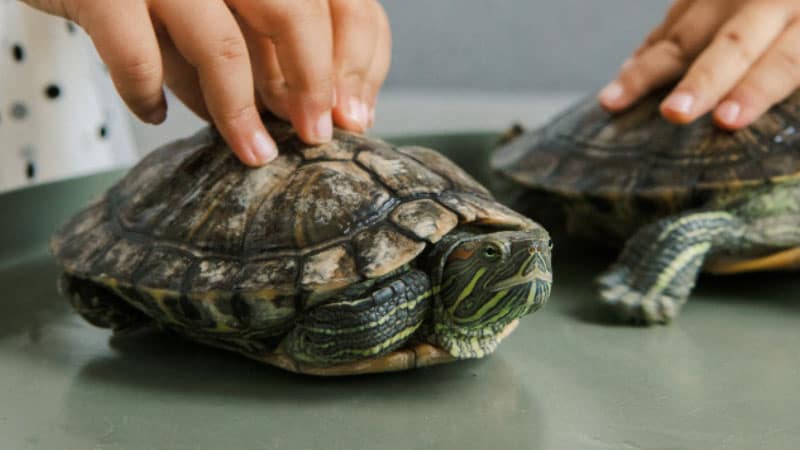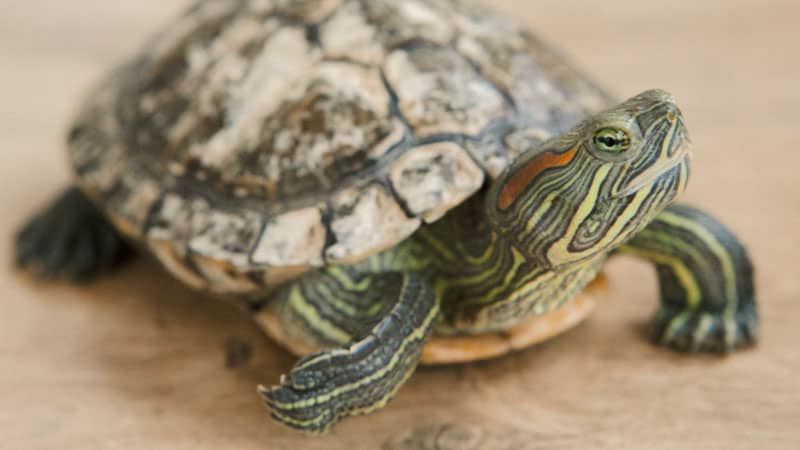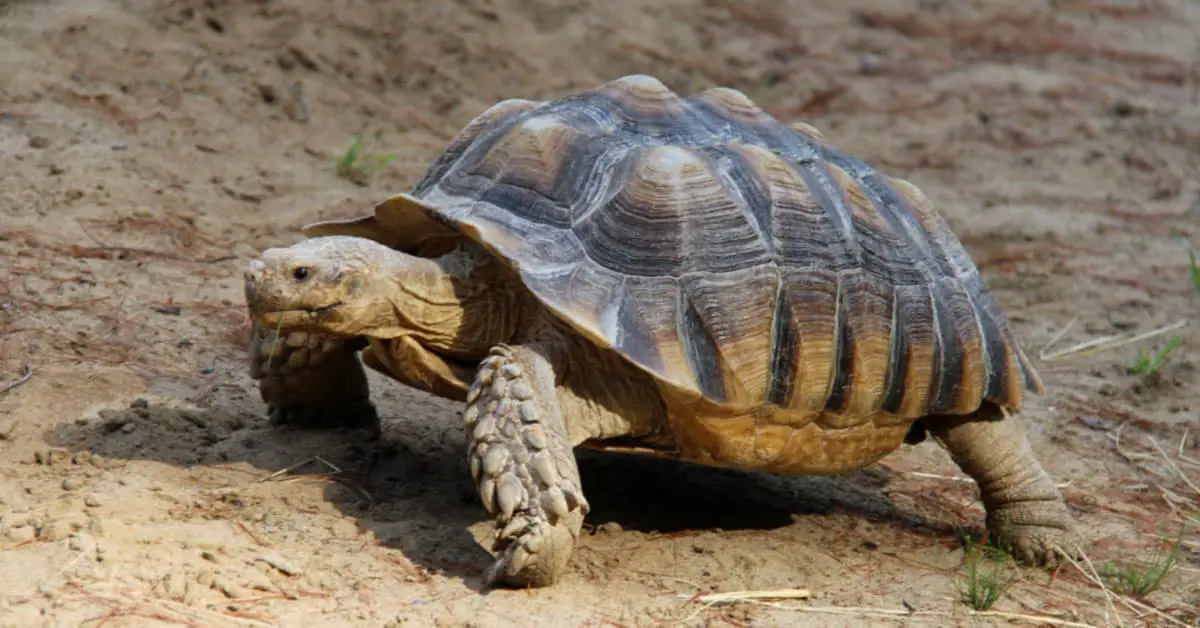Car rides with a turtle can involve a few more challenges compared to travelling with more conventional pets like dogs and cats. With turtles, you have to make special preparations including special legal requirements. You also have to factor in any conditions which may lead to stress, injury, or death of the turtle.
Though there’s a potential for stress, turtles can survive car rides without trauma. Without proper preparation, the turtle can suffer car sickness, injury to body and limbs, and susceptibility to disease. With proper care, the turtle can arrive at its destination healthy and feeling normal.
If you’re transporting a new turtle or relocating your turtle to a new home, there are certain factors you need to be aware of. In this guide, we help turtle owners make the best preparations and provide the best care for transporting a turtle, especially over long distances.
Can Turtles Get Car Sick?
Turtles are prone to a few conditions related to car travel. These may include:
Motion Sickness
Turtles are natural swimmers and can quickly get used to the wave motion of large bodies of water. However, vehicle motion can still affect their inner ear receptors, balance, and their brain’s perception of equilibrium.
So, yes, turtles can get car sick. Some signs of car sickness in turtles include:
- Runny nose
- Swollen eyes
- Mucus bubbles in the mouth
- Wheezing
- Gasping for air
- Extension of the neck to breathe
Stress

Because they are timid creatures, turtles can suffer a great deal of stress when handled excessively. The process of getting a turtle ready for car travel may involve lots of handling. The stress may compromise the turtle’s immunity and increase their susceptibility to disease.
In some cases, this stress from human handling can be confused for car sickness. Some of the signs can be similar.
Geographical Disorientation
Turtles have a very peculiar trait that not many other animals have. When they are born, turtles emerge from their nests and swim off thousands of miles into the open sea. Many years later, the now adult turtles return to their exact birth spot to mate and lay eggs of their own. The turtles find their way through a phenomenon known as magnetoreception.
According to the University of California at Chapel Hill, magnetoreception is the turtle’s sensitivity to the earth’s magnetic field. When you transport a turtle by car, they tend to lose their sense of geolocation. Their innate magnetic compass loses direction and the turtle becomes sort of confused and disoriented.
Pet owners can sometimes discern the confusion in a pet they have known for long. The pet owner may think it a temporary effect of motion sickness. At times, the effects of this disorientation can result in permanent anxiety and stress. Fortunately, most turtles overcome these effects after a few days of settling into their new home.
Disease Exposure
The US Geology Survey reports that a turtle is safest in its home environment. Often, the place it lives in is also inhabited by good bacteria which help the turtle fight off disease. Additionally, for pet turtles, the owners take extra measures to keep the aquarium and anywhere the turtle often roams as organically clean as possible.
Whoever, we don’t take the same level of care inside our vehicles. In the car, we use harsh detergents to remove oils and stains. We use strong perfumes to get rid of bad odors. We set our car ACs to get rid of all humidity inside the vehicle.
All these chemical sanitization measures serve to make the car a hostile environment for most insects, reptiles, and other animals. When we transport a turtle in such an environment for prolonged rides, the effects can lead to higher susceptibility to diseases. Fortunately, the effects are not as significant for short rides.
Can Turtles Survive Car Rides?

Turtles can survive car rides, even long rides lasting a few days. To make the trip survivable and eliminate all risk of injury, trauma, and stress, take the following steps:
- Don’t feed the turtle on the day leading to the journey. You want to reduce instances of the turtle defecating inside its transport container.
- On the day of travel, dip the turtle in water a few hours before travel to encourage it to defecate. Return the turtle in its aquarium then a couple of hours before travel dip it once more in another body of water.
- Just before you begin your journey, carefully place your turtle inside a sock, pillow case or an appropriate-sized sack made out of breathable material. Tie the opening tight with string or zip ties.
- Place your turtle inside an insulated box, such as a picnic box. Pick a large box to keep in as much oxygen as possible.
- Pad the sides of the box with Styrofoam pieces to protect the turtle from hitting the sides. Use newspapers to further squeeze the turtle into a corner to restrict its movement and protect against impact. This will also help in reducing car sickness.
- Add heat packs to heat the inside of the box if you’re travelling in cold weather.
- Add in some damp sphagnum moss to keep the container humid
- Include a thermometer with a probe so you can monitor the temperature inside the transport container without opening it.
- Place the container on blankets and not directly to the bottom of the car. The blankets soften any impacts and also offer extra insulation from engine heat.
- Place more blankets around and on top of the container to block out all light, smells, and as much sound as possible.
Can I Leave My Turtle in My Car?
If you make very short breaks during your trip, it is okay to leave your turtle inside a well-insulated box. A stop to fill up on gas or buy a few supplies should be okay.
However, if you’ll be away for longer than ten minutes, take the container with you. The inside of the car can become very hot quite fast and the inside of the container will heat up too.
Also, when you stop for short breaks avoid opening the transport container or disrupting it in any way. However, when you make an overnight stop or a stop lasting an hour or more, check on the turtle. Clean out any feces and offer some clean drinking water. Avoid tap water and only give spring or filtered water.
When you arrive at your destination, unpack the turtle first before anything else.

